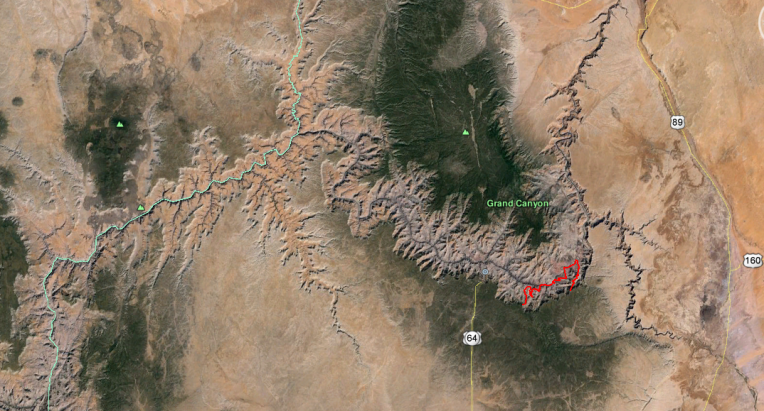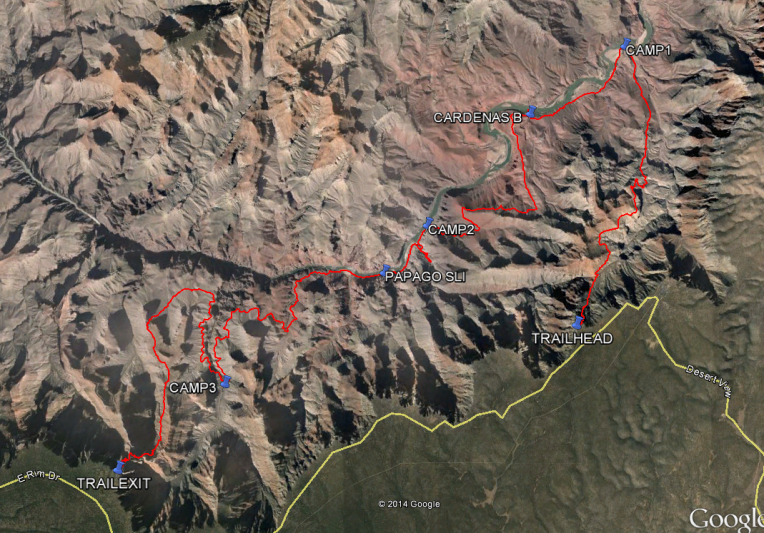We recently completed a 3 night, 4 day 33-mile backpacking trip along the Escalante Route in Grand Canyon National Park. What drew our interest in this particular route was that Backpacker Magazine hailed it as one of their “Best Hikes Ever,” saying that “there’s no better route for the access, solitude, and scenery.” Granted, we had just completed a 70-mile epically beautiful and hard-to-top hike in Glacier National Park (Montana) referred to as the North Circle Route, so we knew that any backpacking trip would struggle to even come close to how amazing North Circle was… but we also knew that, in order to avoid comparison, we should do something 180 degrees opposite from Montana. So after a handful of options were on the table along with some quick deliberations, Escalante had our hearts.
A couple of quick things to note. The Escalante Route is not a maintained trail by Grand Canyon NP. In fact, it is technically not a trail at all. It is an unmarked route in which GPS, compass, map, and orienting skills are necessary. But, and this is a big BUT, the route appears as if it has had so much traffic over the years that a clear trail is visible the entire way. Even more, in areas where the trail may not be completely visible there are cairns leading the way. I don’t want to give you a false sense of security by saying that, because the entire route is certainly not for beginners, but don’t let this route scare the pants off of you either.
Also, while there are several ways to access the Escalante Route, we entered at Lipan Point along Tanner Trail to access Escalante and traveled east to west. We exited Escalante via Tonto Trail and Grandview Trail to Grandview Point. This is the exact route that Backpacker Magazine suggested, however we reduced the number of days on the trail from the suggested five to four.
Day 1
Total Mileage- 9.0 miles
Total Elevation Gain- 0 feet
Total Elevation Loss- 4650 feet
Day 2
Tanner Rapids to Escalante Creek Mouth
Total Mileage- 8.6 miles
Total Elevation Gain- 1200 feet
Total Elevation Loss- 1200 feet
Day 3
Escalante Creek Mouth to Hance Creek
Total Mileage- 9.9 miles
Total Elevation Gain- 1200 feet
Total Elevation Loss- 0 feet
Day 4
Hance Creek to Grandview Point
Total Mileage- 6.0 miles
Total Elevation Gain- 3700 feet
Total Elevation Loss- 0 feet
Also… if you are interested in our planning for this trip read Planning a Grand Canyon Backpacking Trip.
If you have any questions about the Escalante Route… feel free to write to me in the comments.
Peace…
Brandon



















































































































